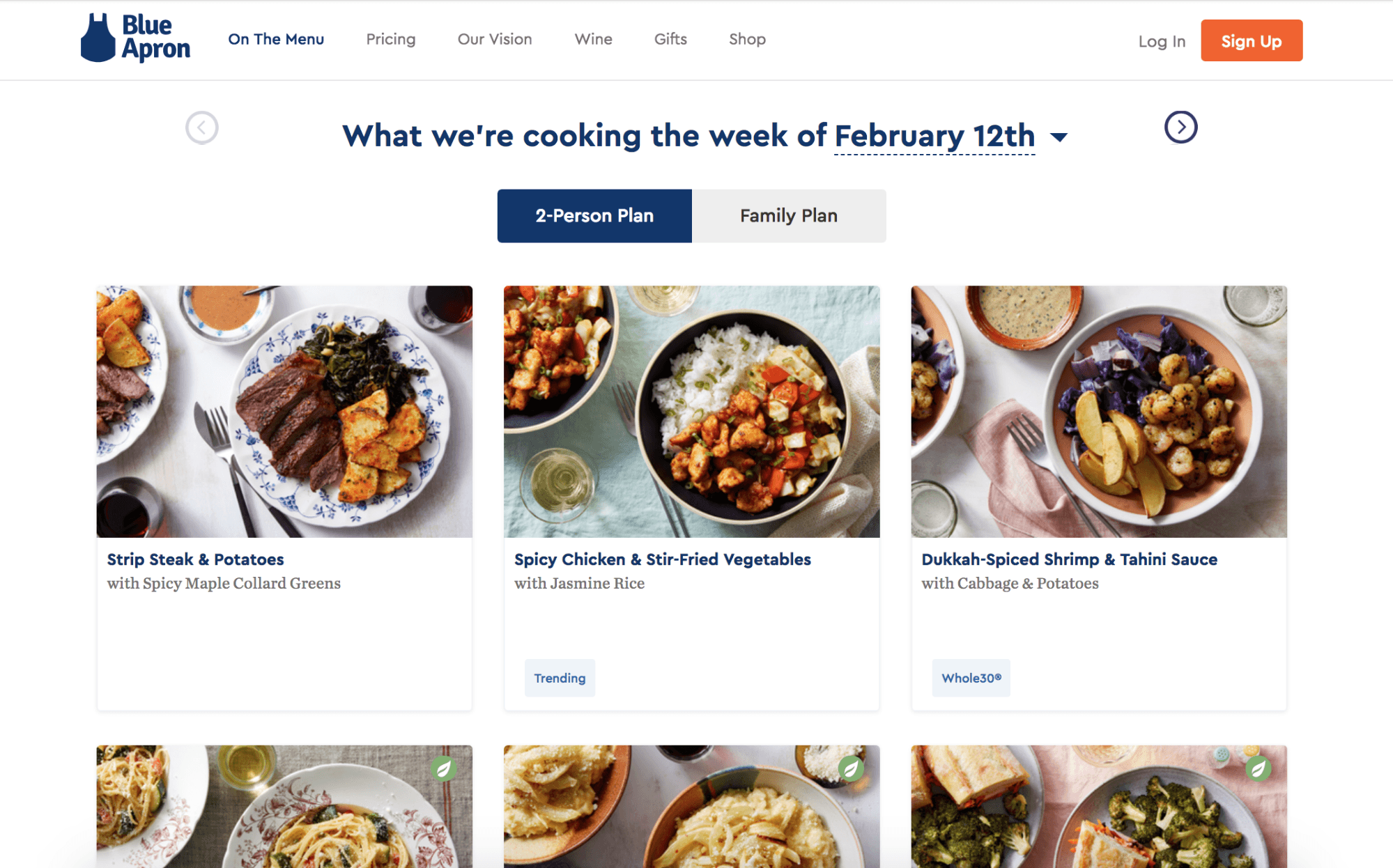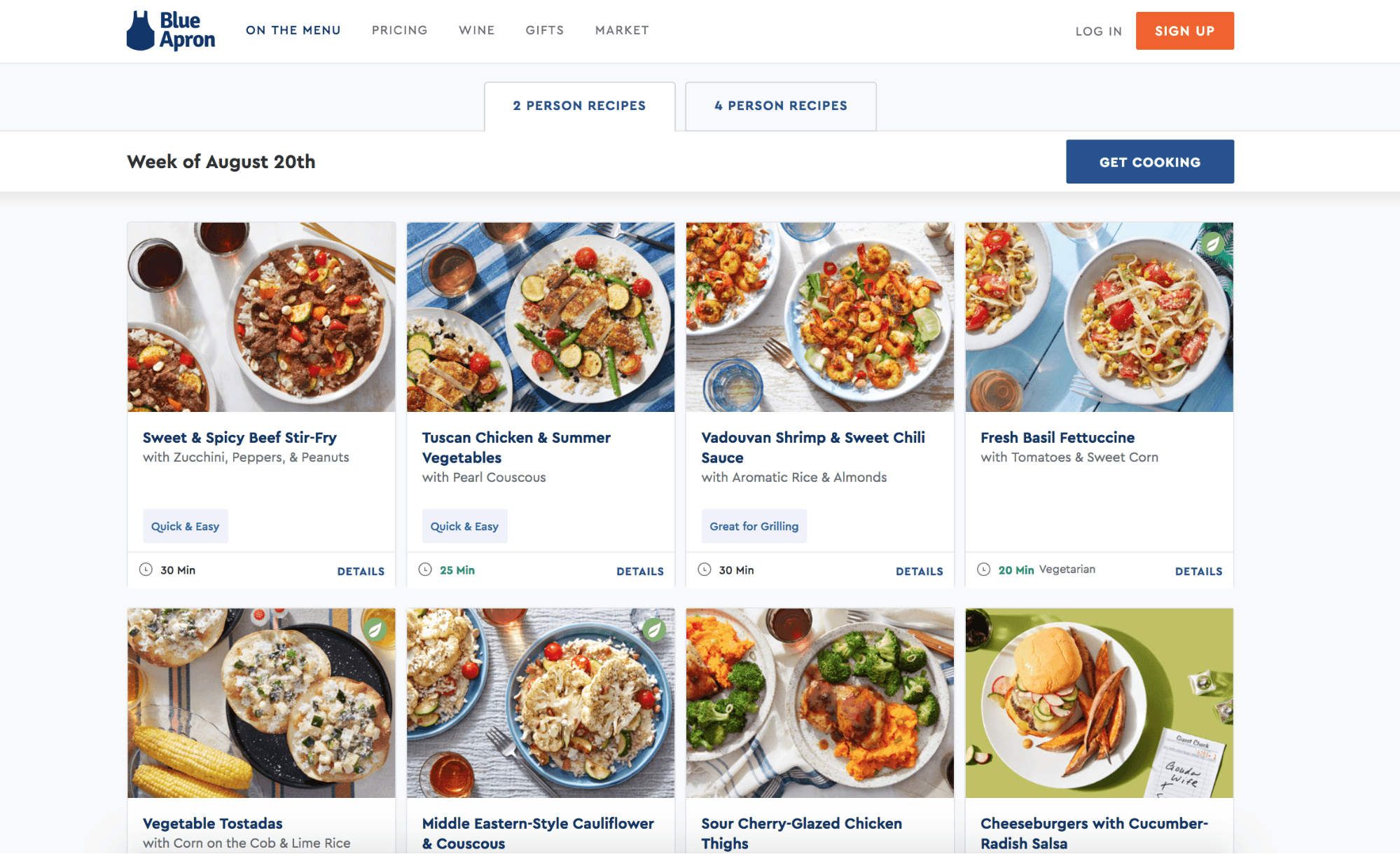How to Engage Your Target Customer with Cohort Marketing
Cohort analysis can supercharge your marketing campaigns by helping you optimize your acquisition channels, surface the most engaging content, and create personalized experiences.
Your marketing campaigns and your product are the tools to building strong customer relationships at scale. Your audience has different needs and preferences, so you don’t want to send them all the same marketing campaign. Consumers don’t feel special or understood when they’re served with a one-size-fits-all campaign. (Why do you think Gmail created the promotions folder?) So how do you identify the channels, messaging, and features that resonate with the individual needs of different customers?
Enter cohort marketing: using cohort analysis to segment your customers based on their behavior, affinities, and propsentisites specifically to improve your marketing efforts. With this process, you’re able to create marketing campaigns with more precision and add a personal touch. By focusing on what unites users who take similar actions—whether that’s making a purchase or completing a workflow for the first time—you’re set to save time and resources as a marketing team while increasing engagement.
Find the Most Impactful Placements for Your Campaigns
In today’s world, customers engage with your brand through multiple channels: in-app, email, text, chat, and more. As a result, companies are pushing the limits on where, when, and how they connect with customers.
While there are many channels you can use to connect with your customers, though, it’s important to choose the right one that makes sense for your particular strategy. Instead of trying to share your campaigns in as many places as possible, use product analytics to run your cohort marketing more efficiently. See what channels bring in your high-value customers and study how they interact with your marketing. Use them as a model to plan your marketing strategy and reallocate your budget to focus on the channels they prefer.
Avito, an online marketplace located in Morocco, experienced this firsthand. After spending resources trying to reach a broad range of users, the Avito marketing team tried cohort marketing to narrow the scope to the listings in geographic areas with their most engaged subscribers. By focusing their campaigns on users in the most active cities and within price ranges, Avito reduced acquisition cost by 3x.
To conduct cohort analysis that helps you target these channels, first identify your high-impact customers. How you define “high-impact” will depend on your goals. If you want to better understand what goals your company should drive towards, watch this recording of our Growth Workshop.
Cohort Marketing Examples by Industry
| Industry | North Star | Goal | Campaign | Cohort |
|---|---|---|---|---|
| Media | Total time spent listening on platform | Increase session time | Newsfeed highlight of new releases from top pop artists | Users who have listened to pop 3+ times in the last month |
| B2B | Number of projects joined | Increase # of users who joined 1st project | In-app push showing how to join a channel | Users who have completed onboarding but have not joined a project |
| Ecommerce | Number of repeat purchases | Increase # of purchasers who add new items to wishlist | Email recommendations of items | Users who have completed a 1st purchase but not a 2nd purchase |
| Fintech | Number of transactions | Increase # of users who have tried multiple products | Push notification about new peer-to-peer transaction options | Users who have sent transactions to businesses but not peers |
Once you have your goal and your high-impact cohort defined, look for similarities in how they respond to your marketing. Do a high percentage of those customers engage with a specific acquisition channel? Do you get better CTRs on a certain platform and channel combination? Once you know which marketing efforts motivate action, you can put more of your resources toward those types of campaigns.
Identify the Campaigns That Engage Your Audience
Use cohort marketing to determine which features or areas of your product users engaged with prior to converting. Once you know which content and experiences are compelling to your audience, you can highlight them more frequently in marketing to encourage more conversions. Think of this as having a personal conversation with your users; you’re getting to know them, just digitally and at scale.
The meal-kit delivery service Blue Apron was able to increase signups with this type of cohort analysis. Their Growth and Experience team discovered that subscribers often visited the company’s recipe page right before signing up for the service. Armed with that information, the team refreshed the page to make the call-to-action buttons more prominent and feature more recipes. The update improved conversion by 5.5%.
Original Page Design

New Page Design

Identify your site’s high-value experiences by first isolating the users who achieve your goal (whether it’s that they converted, retained, or were so engaged and drove up stickiness) through your website. Review the experiences, features, and content that these users engage with most frequently prior to conversion, and share these more frequently with leads.
Keep lifecycle stages in mind as you share content. A person who is new to your business probably isn’t interested in your product demo page, but a lead who has visited your site multiple times might be. Once you’ve mapped the highest-value experiences that motivate action to different lifecycle phases, invest in these and drive your users through key milestones. An easy win is often adding CTA buttons to these high-value experiences. GoFundMe experimented with a CTA button color and style that yielded a 2% increase in the donate button click rate, and a 3% percent increase in the share button click rate; gains that exceeded expectations. “We’ve learned that combining a number of small changes, at scale, can generate really, really great results,” said the company’s Head of Consumer Product Ran Chen.
Share Personalized Content with Product Users
Customers want to feel like the brand they engage with understands them. The best brands make customers feel loved and heard. According to Gartner, 48% of surveyed consumers said they would unsubscribe from a brand that sends irrelevant emails. Fourteen percent said they would stop doing business with the company altogether.
With cohort marketing, you can send tailored, personalized communication so you build strong relationships at scale. iflix, Southeast Asia’s leading online entertainment service, used this strategy when it noticed their customer retention was slumping. Despite high growth in the number of users, only a small portion were coming back to the app. Previously, iflix relied on minimal user data, such as a user’s language preference for the site, to personalize their advertising campaigns. When they recognized the retention challenge, the team started using cohort analysis to dig into customer behavior, identify key segments, and make personalized content suggestions based on those groups. With more highly targeted campaigns, iflix grew conversion-to-view rates and ad revenue by 300%.
Rappi, the Colombian “super app” that has become one of the fastest-growing startups in Latin America, achieved major business impact by using cohort marketing to share personalized content. Rappi used Amplitude Engage to identify their most important user segments and send targeted messaging to them. As a result, Rappi saw a 30% decrease in their cost of acquisition and a 5% decrease in their activation costs for paid channels.
“Amplitude Engage makes it easy to deliver relevant, targeted campaigns to our entire user base. It’s the central place for our teams to interpret behaviors, manage audiences, and measure impact so we’re able to move faster,” said Rappi Co-founder and Product Lead Guillermo Plaza Roche.
Segment Your Audience and Target Messaging Based on Their Preferences
With product analytics, any marketer can reduce CAC and improve ad revenue like Rappi and iflix did. To start, figure out where you want to focus: Are you trying to increase engagement of existing users? Drive activation of new users? Resurrect some dormant users?
If you want to drive engagement of existing users, create a cohort focused on a behavior you’re trying to increase, such as multiple engagements within the first week after signing up. Identify needs and interests that users in this group share—whether that’s a common pain point or a favorite product feature—and share a specific and motivating value prop in marketing campaigns to encourage engagement.
If you want to drive activation of new users, see how the users who have dropped off in your activation funnel behave differently then those who converted (you can run this analysis in one click with Amplitude’s Conversion Drivers feature). Did users miss any key experiences? Did they experience a common error? You can always create a cohort of the dropped-off users from the funnel and see what they previously engaged with or showed interest in. Then, create a customer campaign with a clear value prop on why they should activate fully.
Lastly, if you’re trying to resurrect dormant users, create a cohort of users that have not been active on your platform in the past. Understand where they got value from your product before and identify value props they missed out on. Experiment with different messaging and see what drives them back to your product.
Connect with Customers Through Cohort Marketing
With customer data, you’re empowered to build strong relationships with your audience through your marketing. By identifying channels that draw high-value customers to experiences that are crucial to conversion, cohort marketing allows you to more accurately target your top-tier customers, as well as create more by motivating their progression through your lifecycle phases
Amplitude’s behavioral cohorting and targeting allows your marketing team to make data-driven decisions on segmentation, experiences, content, and channels. Through more personalized, targeted messaging, our platform helps you improve the effectiveness of your overall marketing. Learn more about including customer behavior in your marketing analysis with our guide to behavioral cohorting.

Anastasia Fullerton
Former Senior Product Marketing Manager, Amplitude
Anastasia is passionate about sharing powerful stories and sour candy (if you live in SF check out her favorite spot, Giddy Candy, on Noe St). Since she got her degree in engineering from Stanford, she’s been digging through data to find strong stories. At Amplitude, she helped companies understand the impact of empowering their teams with analytics and building better customer experiences.
More from Anastasia




